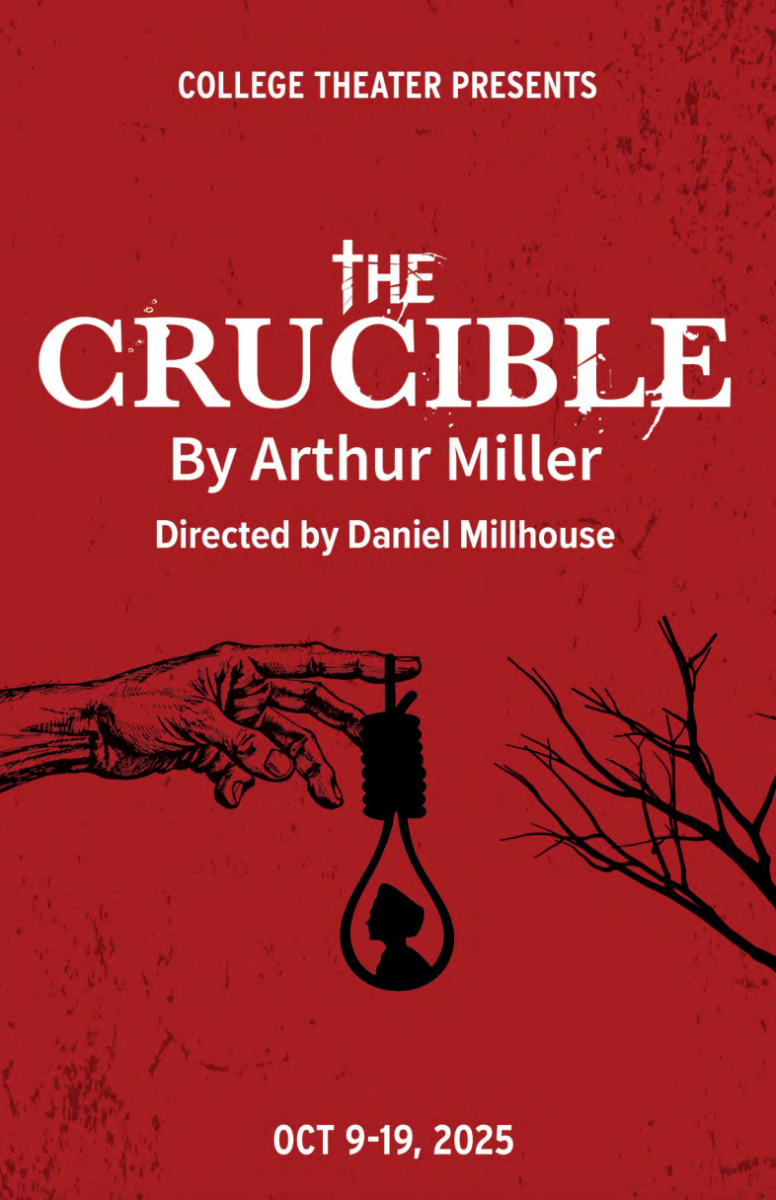“Green Room” was a survival thriller unlike any other
May 4, 2016
The “Green Room” is the grittiest and most nauseating movie I’ve ever seen in a theater. It was amazing. This film didn’t stop at the status quo of showing just a mere blood splatter after a machete slash. Nor did it have a low budget feel that takes you out of the scene like with many Indie films, such as the original “Paranormal Activity.” This movie pulled every stop to create a dark and intense setting to keep your eyes fixated on the big screen.
The story follows four very poor hipster band musicians who don’t have any social media presence or digital distribution of their music; they only produce vinyl records. In the beginning of the film, the lead guitarist and main character Pat, told a college radio station they believe making their music digital takes away from the life of their performance, which makes no sense for a band that wants to get anywhere in 2016, but whatever.
Down on their luck, they find a gig that pays well, deep in the boondocks of Oregon at a random bar in a remote forest. After their performance, the lead guitarist stumbles upon a murder scene and gets the entire band locked in a small green dressing room with the dead girl, her friend and a neo-Nazi. The group slowly comes to the realization they are up against a slew of neo-Nazi’s who have massacred people like them before with ease, and all they can do is try to survive the night.
With blood pooling in the raw gashes of carcasses, realistic stab wounds and visible bones from broken limbs, this film is not for the faint of heart. You have to be either in the mood for gore, or have a certain personality to find this movie’s realism truly incredible, with myself owning the latter. The amount of detail that went into crafting the costumes like these took either a psychopath, a visionary, or both, and that’s what elevated this film above the rest of the herd.
What built the intense ambiance of the gore further were the great shots and cinematography. From the band waking up in the middle of a cornfield after the drummer and night driver fell asleep at the wheel, to the band’s performance at the neo-Nazi bar with slow-motion moshing, the movie proved to be beautiful before the first drop of blood was shed. Even the scenes in the small, green dressing room carried a heaviness that pushed the storyline.
The entire cast was below unknown, except for Patrick Stewart, who played a neo-Nazi, and Alia Shawkat, who was the freckled curly hair girl in “Arrested Development.” The main actor, Anton Yelchin, is only known for being the Russian engineer of the starship enterprise in the new Star Trek films; nonetheless, the cast pulled off a stellar performance. Yelchin played the awkwardly timid guitarist very well, and carried the story with his pain-induced delusional battle against the white supremacists.
Overall the film covered its mistakes with amazing realism that got me to not think about the obvious holes throughout the movie. There were times where I questioned why veteran neo-Nazi’s had a conscience, and others where I realized they could have easily turned off the power to the building and practically smoked out the band members from the bar for an easy killing.
This story had a good balance and kept control of the story, rather than letting it grow too unbelievable, and that was this film’s greatest strength. I hope more horror production companies, like Blume House, take note here and try to strive to make better films rather than another rehashed “Paranormal Activity.”




















